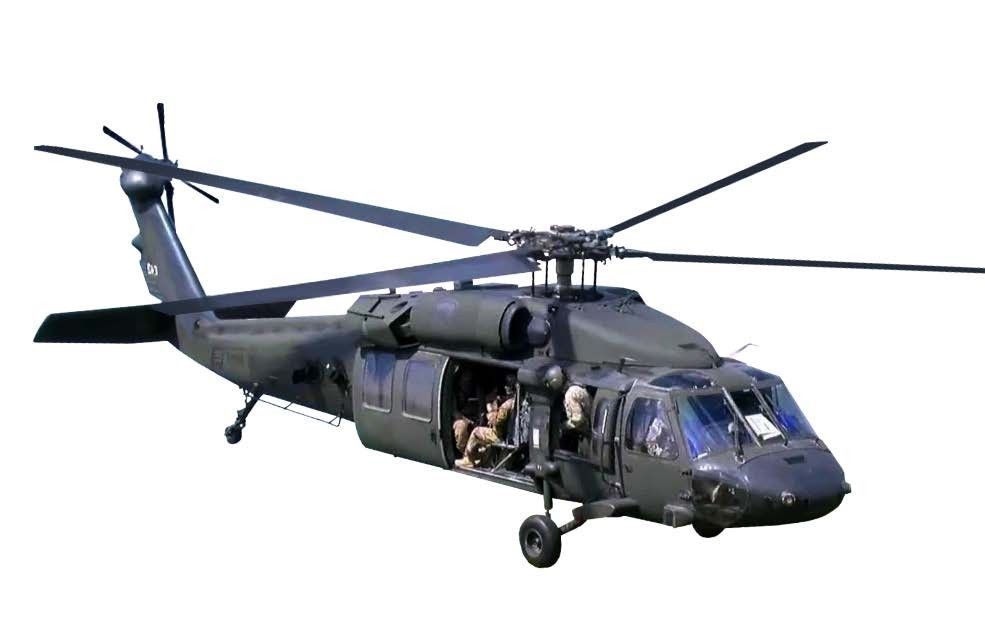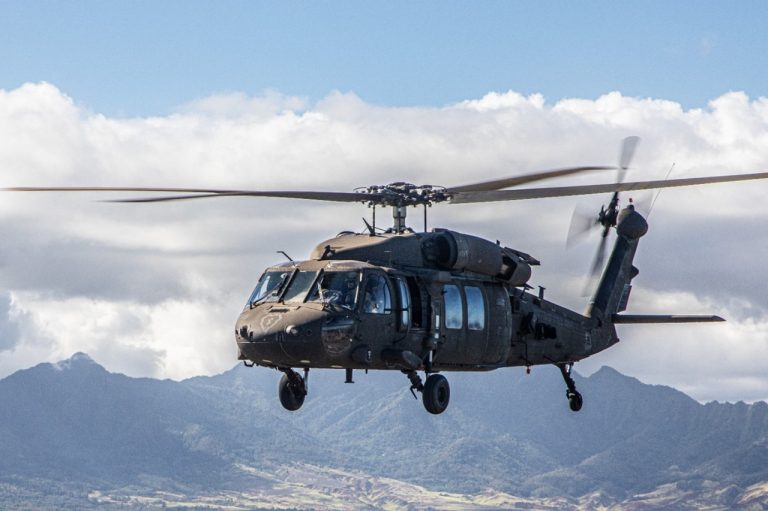Discovering the Cutting-edge Technology Behind Airplane Layout and Engineering
The field of aircraft layout and design is seeing a transformative shift driven by ingenious innovations that boost sustainability, efficiency, and efficiency. Advanced materials such as carbon fiber compounds and titanium alloys are setting new standards, while aerodynamic advancements and synthetic intelligence are simplifying processes and improving results. As the industry faces the difficulties of environmental duty, developments in lasting air travel technologies guarantee to reshape the future. Nonetheless, the implications of these innovations prolong past performance metrics; they might redefine the very nature of air traveling. What might this indicate for the industry all at once?
Advanced Products in Aircraft Design
Exactly how can the combination of sophisticated products reinvent airplane style? The consolidation of sophisticated products, such as carbon fiber compounds, titanium alloys, and progressed ceramics, plays a vital function in improving aircraft performance and performance.
Additionally, innovative materials display improved resistance to deterioration and fatigue, causing reduced maintenance costs and prolonged solution life. For example, the use of titanium in essential components aids hold up against severe temperature levels and stresses, while carbon fiber composites give adaptability in design and manufacturing procedures. This adaptability permits more wind resistant shapes, adding to premium performance qualities.
Moreover, the combination of wise products, which can transform properties in feedback to outside stimuli, opens up new methods for adaptive systems in airplane layout. uh 60. These developments promise not just to boost security and operational performance but additionally to contribute to sustainability initiatives by lessening environmental effect through minimized emissions. In recap, advanced products are redefining the landscape of aircraft style, leading the way for more effective, durable, and ecologically friendly aviation services
Aerodynamic Innovations for Performance
Wind resistant technologies play a crucial function in enhancing aircraft performance, substantially affecting fuel consumption and total performance. Developments in airfoil layout, such as the introduction of supercritical wings, enable enhanced lift-to-drag proportions, reducing drag at transonic speeds. These innovations allow aircraft to preserve greater speeds with reduced fuel expense, straight impacting operational expenses and environmental sustainability.
Additionally, the integration of winglets has actually verified effective in minimizing vortex-induced drag at the ideas of wings, even more boosting gas efficiency - uh 60. This style alteration results in a decrease in wake turbulence, adding to improved wind resistant efficiency throughout cruise conditions

Moreover, computational liquid characteristics (CFD) tools have actually reinvented the testing and refinement of wind resistant forms, enabling for precise simulations of air movement around airplane (uh 60). This allows engineers to introduce continually, making sure that contemporary aircraft not only meet regulatory standards yet likewise press the borders of performance in aeronautics

Duty of Computer Simulations
Computer system simulations have come to be a vital device in the field of aircraft style, enabling designers to conduct in-depth analyses and optimizations of different style elements. These simulations enable for the virtual screening of aerodynamic residential properties, architectural integrity, and efficiency metrics long prior to physical prototypes are developed. By using computational fluid dynamics (CFD) and limited component evaluation (FEA), designers can predict how air flows around the airplane and just how different products will certainly reply to tension visit this site and pressure.
Additionally, computer system simulations promote the expedition of a wide variety of variables and scenarios, increasing the layout process and decreasing expenses connected with physical screening. This capacity not only boosts the precision of predictions regarding airplane behavior but also provides understandings right into prospective layout improvements that may not be quickly obvious with conventional techniques.

In addition, simulations aid ensure compliance with rigid safety and security policies by enabling designers to recognize and rectify possible problems early in the layout stage. The integration of simulation technologies into the airplane layout process underscores the significant developments in engineering methods, inevitably contributing to the development of safer, more top article reliable, and ecologically friendly airplane.
Artificial Intelligence in Design
Artificial intelligence (AI) is reinventing the engineering landscape, specifically in aircraft style, by boosting decision-making processes and enhancing style workflows. Through artificial intelligence formulas, AI can evaluate huge datasets, revealing patterns and insights that notify style selections and improve overall effectiveness.
AI applications in aircraft layout include generative design, where algorithms develop multiple design options based on defined criteria, allowing engineers to assess a wider variety of opportunities. This not only speeds up the style stage but additionally ensures that the end products meet strict performance and security requirements.
Additionally, AI-driven anticipating analytics assist in upkeep organizing by assessing historical data and anticipating prospective failings. This aggressive approach minimizes downtime and improves airplane dependability.
Furthermore, AI aids in simulation and modeling, making it possible for designers to examine designs under various problems without the requirement for physical prototypes. This capability shortens growth timelines and decreases prices connected with typical testing methods.
Sustainable Aeronautics Technologies
Just how can the aeronautics market efficiently balance development and ecological obligation? The answer lies in the fostering of lasting aviation technologies that focus on performance and lower carbon exhausts. Advancements such as sustainable aeronautics gas (SAFs), which are stemmed from renewable energies, have arised as a critical part in accomplishing reduced lifecycle emissions. SAFs can dramatically lower the carbon footprint of flights, making them a feasible option to traditional jet gas.
Moreover, innovations in airplane design, such as the development of lighter products and more aerodynamically reliable shapes, contribute to enhanced fuel efficiency. Electric and hybrid propulsion systems are also gaining grip, offering a pathway to minimize reliance on nonrenewable fuel sources and minimize greenhouse gas discharges.
The integration of these innovations is supported by regulative frameworks and industry collaborations targeted at establishing ambitious sustainability targets. Electronic tools like data analytics and fabricated intelligence can enhance trip procedures, even more improving gas efficiency. By accepting sustainable methods and innovations, the air travel industry can not only fulfill the expanding need for air travel but also play a critical function in resolving climate change, making sure an extra lasting future for air transport.
Final Thought
The convergence of advanced products, wind resistant developments, and cutting-edge modern technologies notes a considerable evolution in airplane style and engineering. The assimilation of carbon fiber composites, titanium alloys, and AI-driven processes not just improves performance and performance however additionally enhances workflows and anticipating upkeep. The ongoing advancement of sustainable aeronautics modern technologies emphasizes a dedication to environmental obligation, paving the method for a greener future in air travel. This constant development will form the sector's trajectory for several web years to find.

Computer system simulations have become a vital device in the field of airplane style, enabling designers to carry out comprehensive evaluations and optimizations of numerous design elements.The convergence of advanced materials, aerodynamic developments, and innovative modern technologies notes a substantial evolution in aircraft design and engineering.
Comments on “UH 60 Black Hawk: Key Features and Developments”